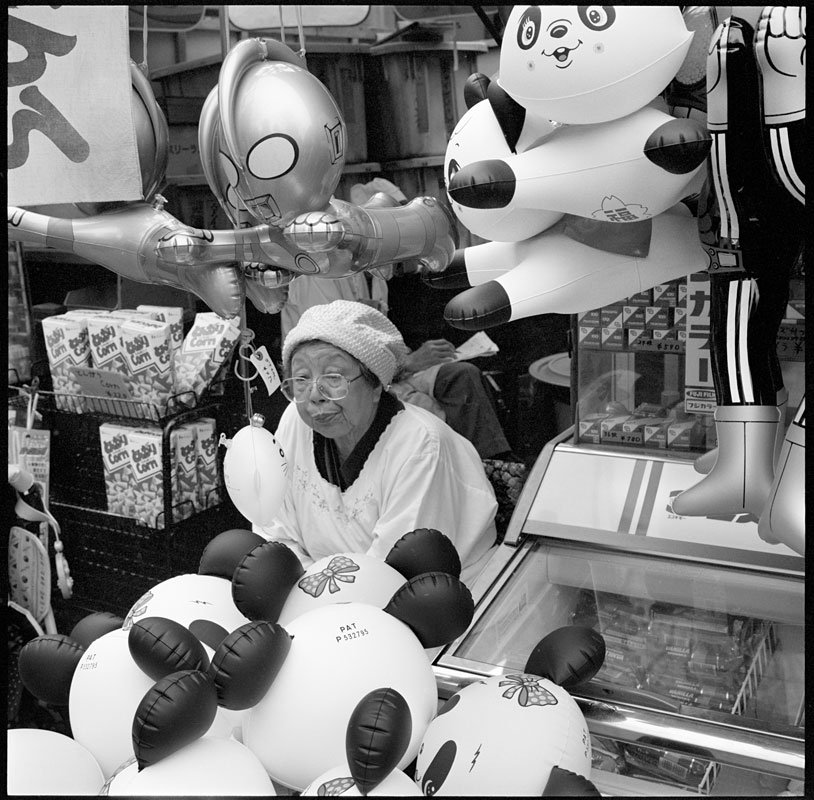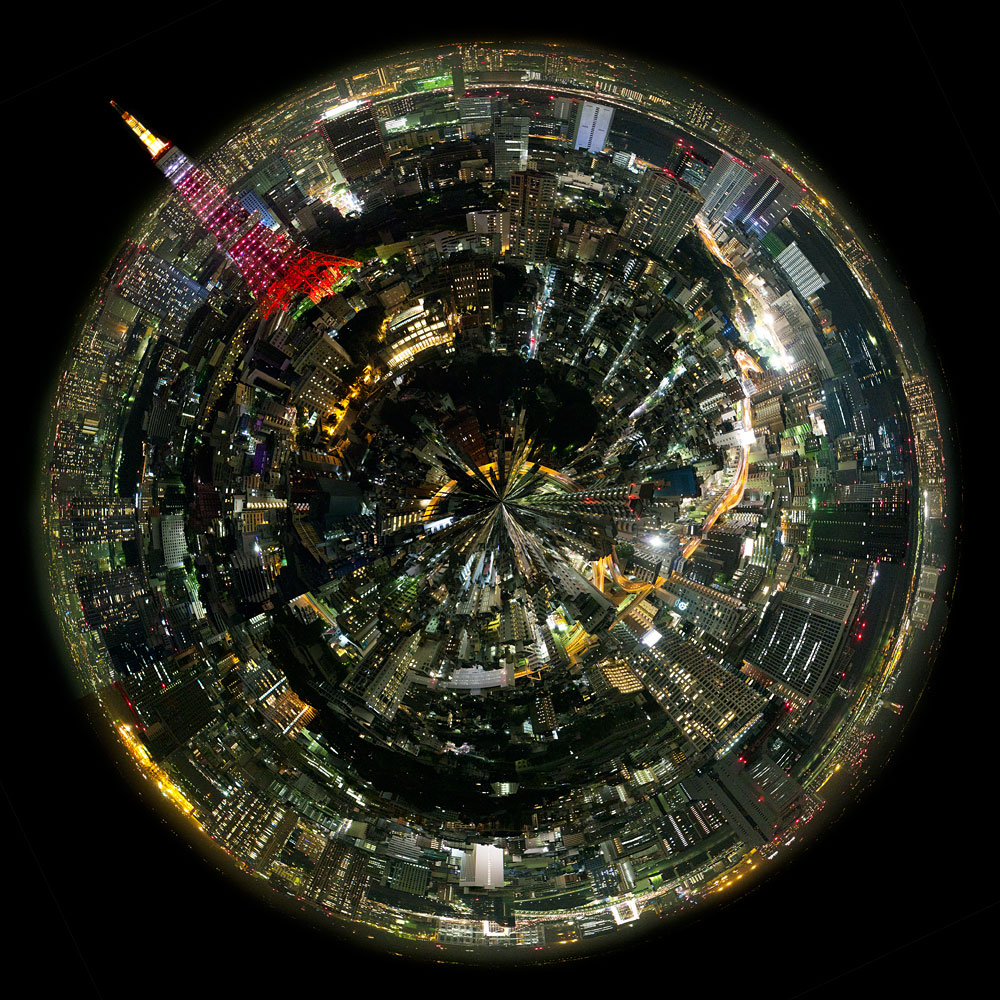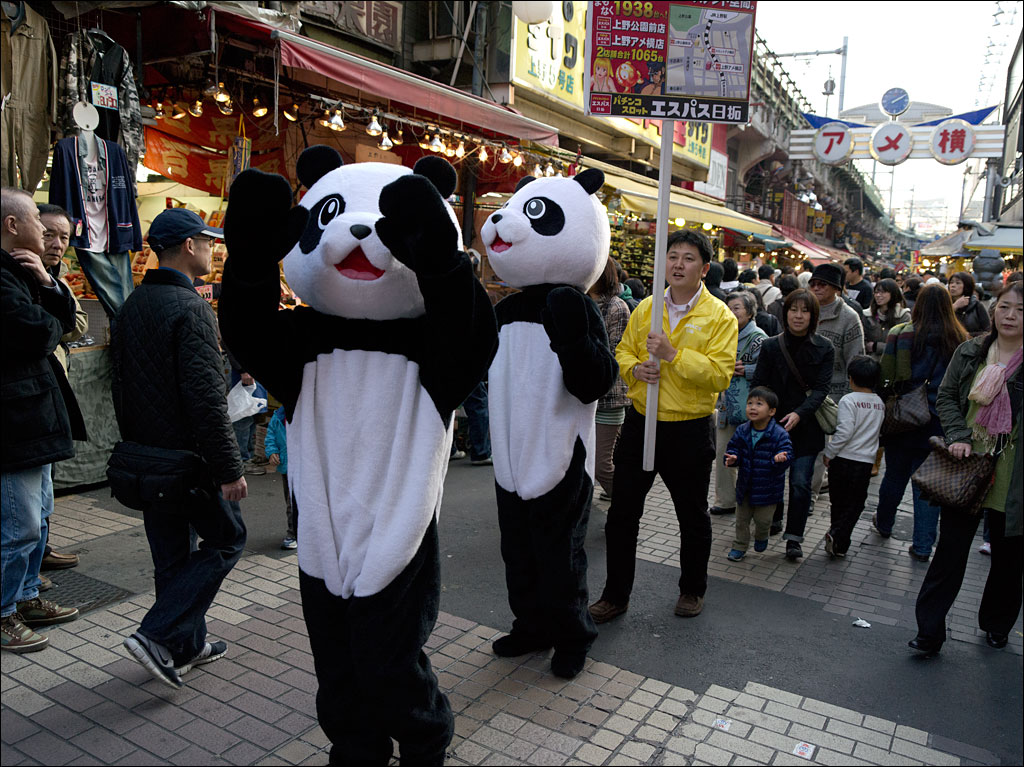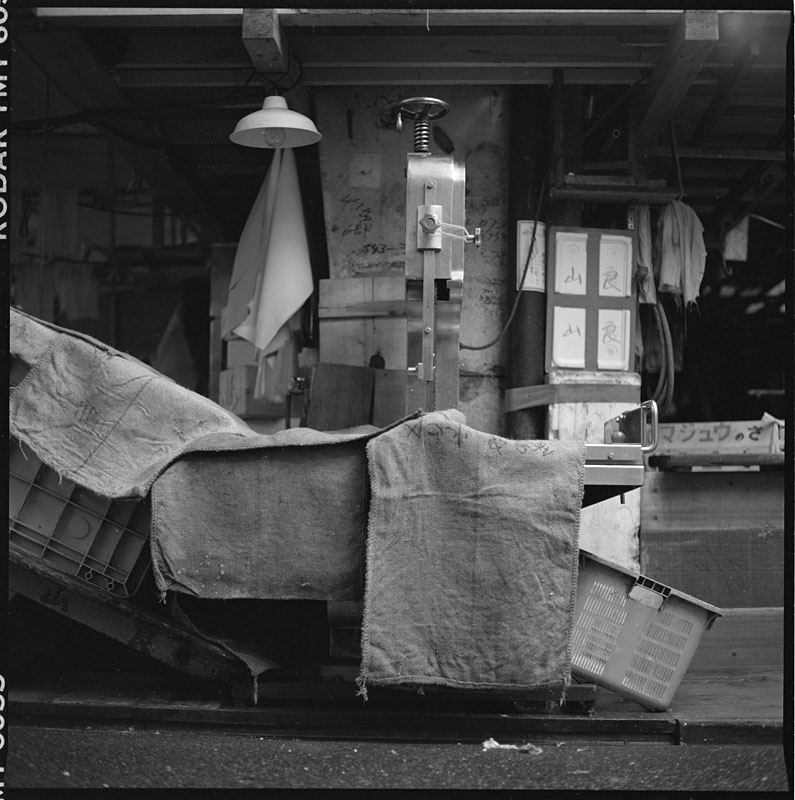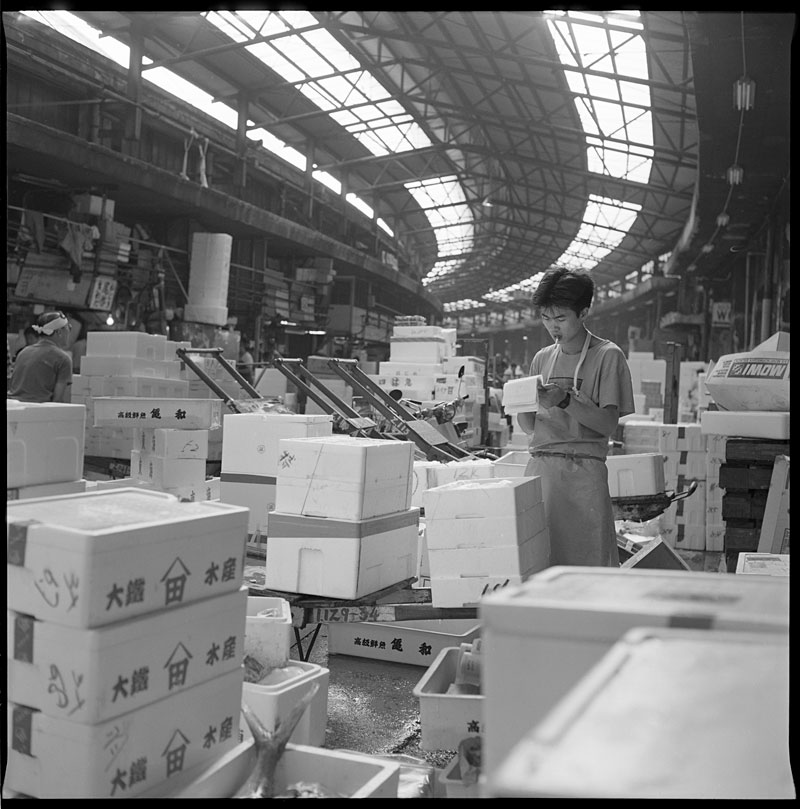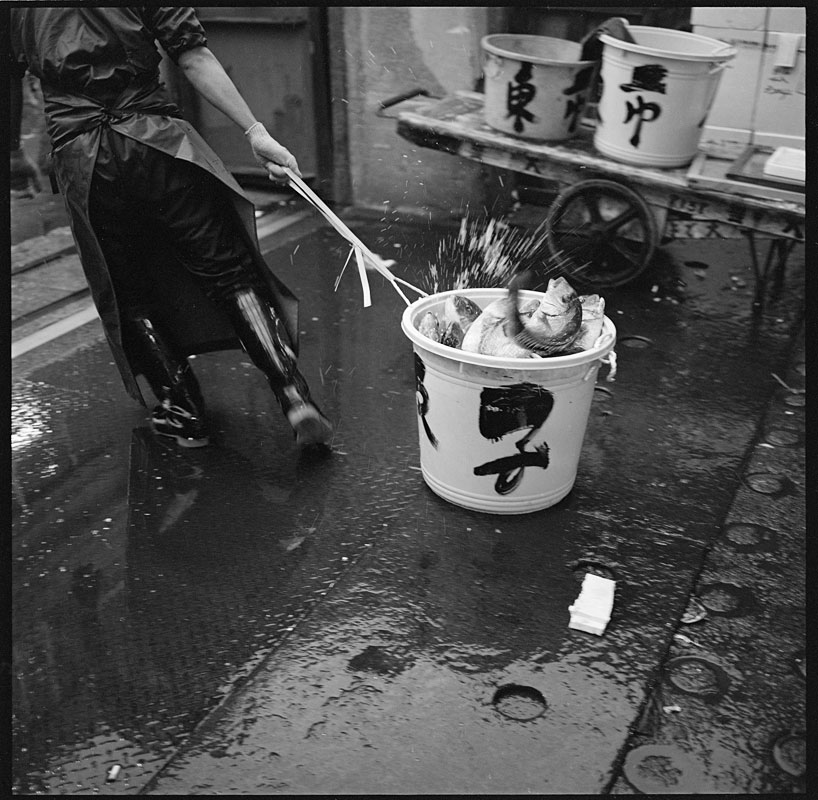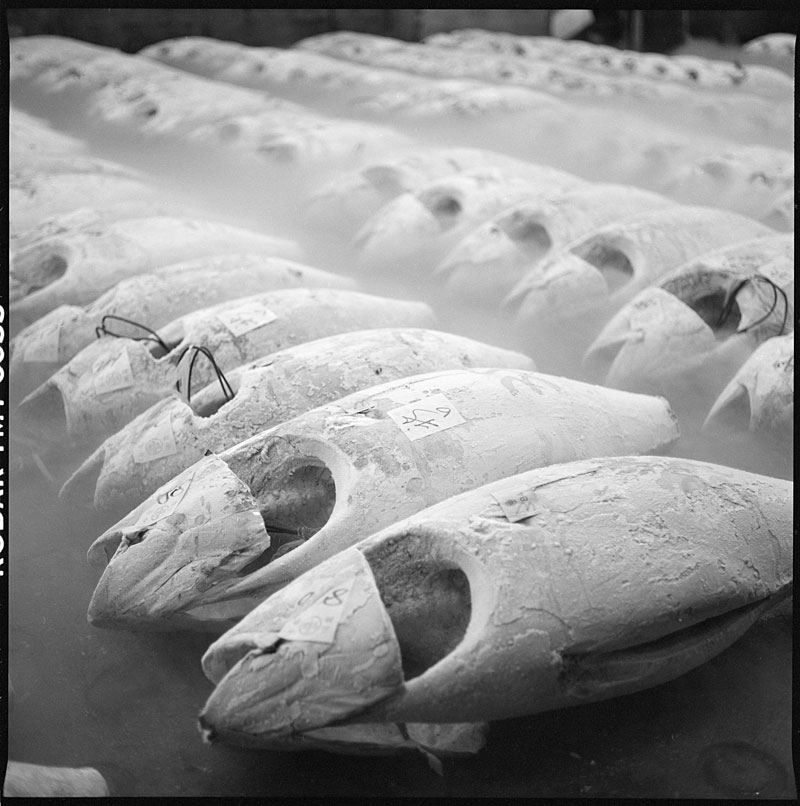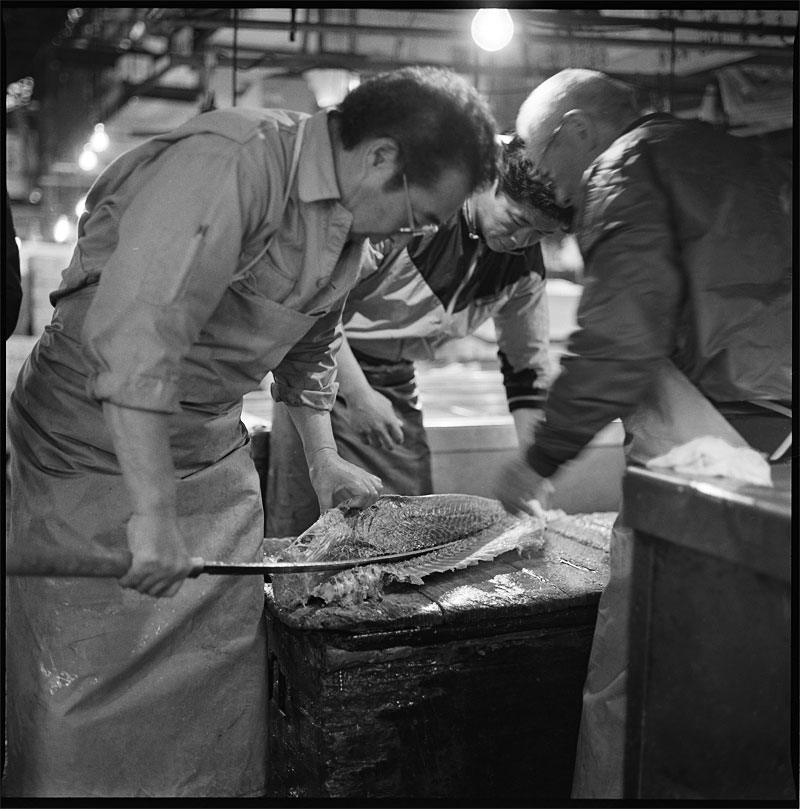 New Years is a big deal in Japan. It is simply not a party during the evening of December 31st. It begins then, but will be celebrated for the next several weeks. January is a month of firsts—the first visit to a shrine or temple (hatsumode), the first drawing of water, the first calligraphy, the first day of business, and so on.
New Years is a big deal in Japan. It is simply not a party during the evening of December 31st. It begins then, but will be celebrated for the next several weeks. January is a month of firsts—the first visit to a shrine or temple (hatsumode), the first drawing of water, the first calligraphy, the first day of business, and so on.
This is the main gate to Meiji Shrine, the largest shrine in Tokyo. In the first three days of 2010, 3.2 million people visited this shrine. When you think that most people leave a ¥100 coin (about a dollar) as an offering, New Years is an important time for these places. Click on the image for a larger view.

